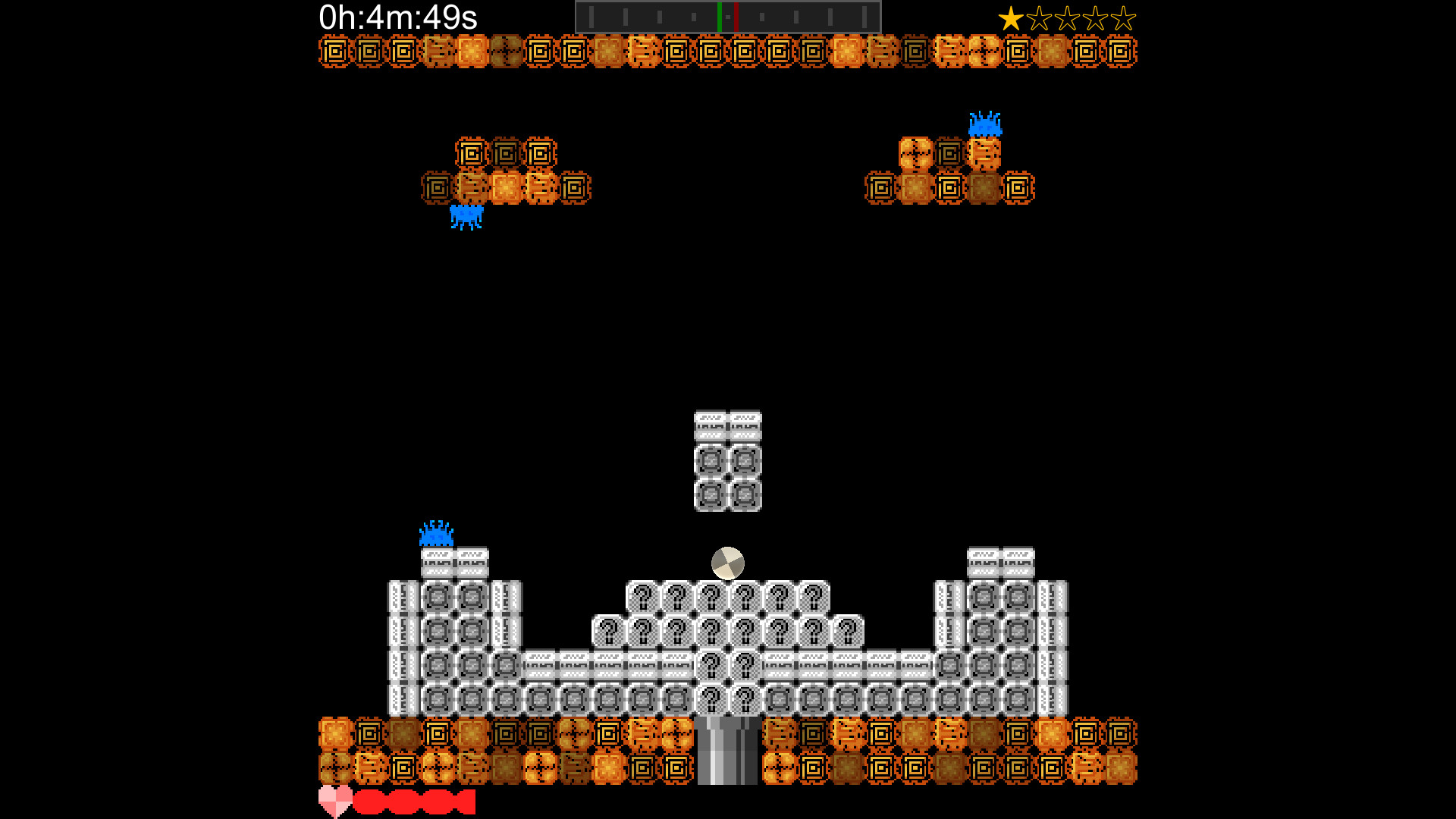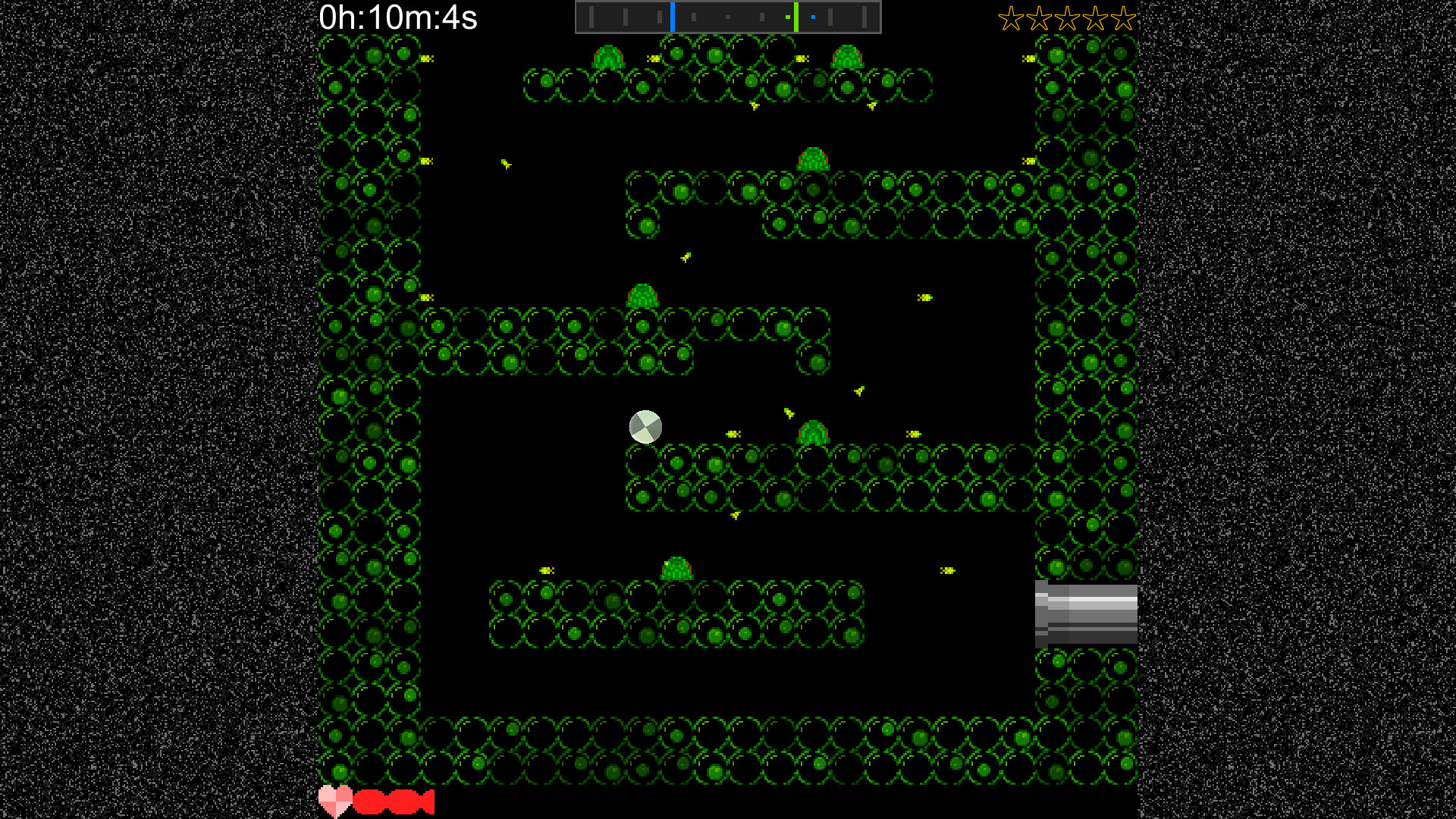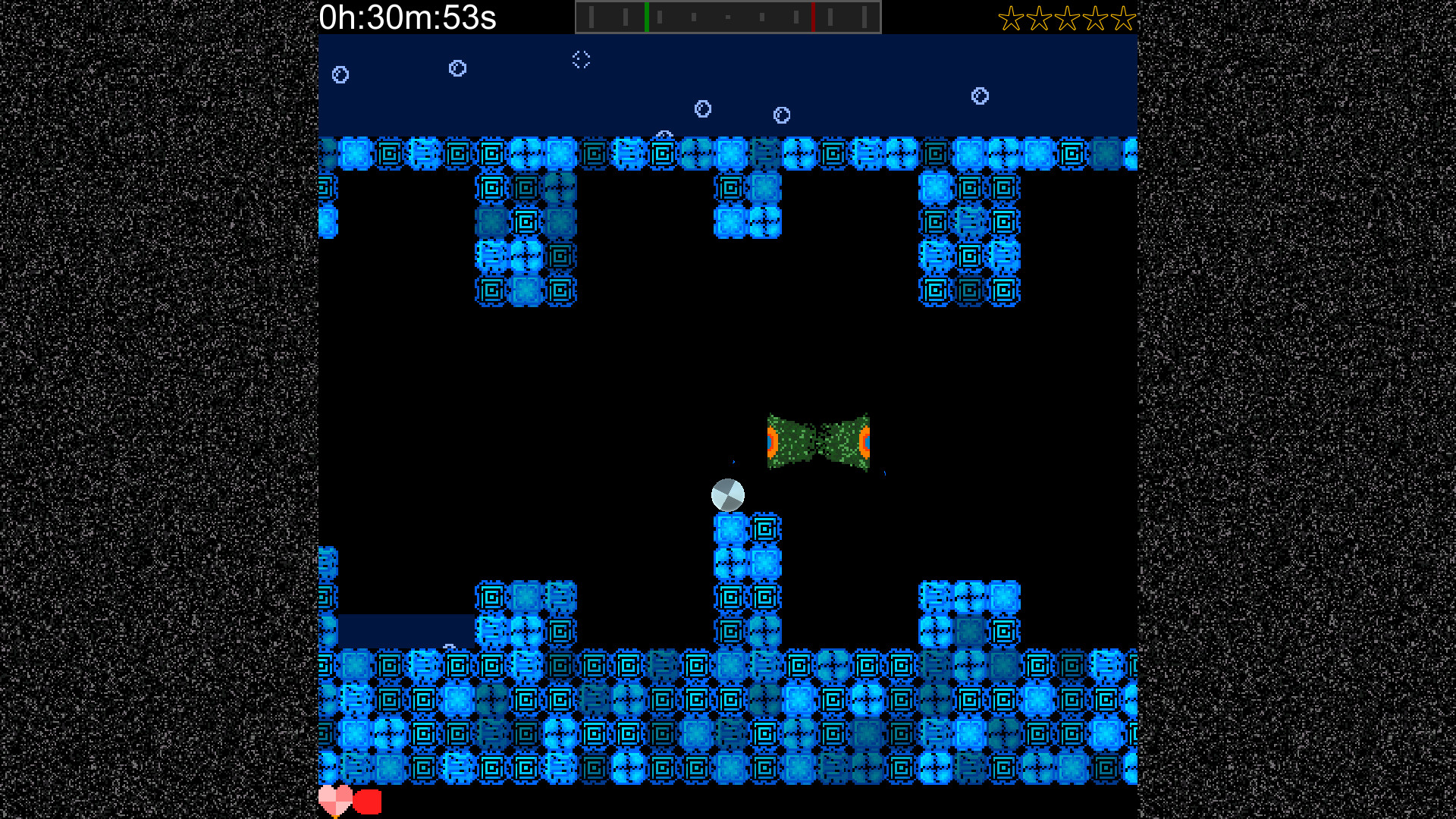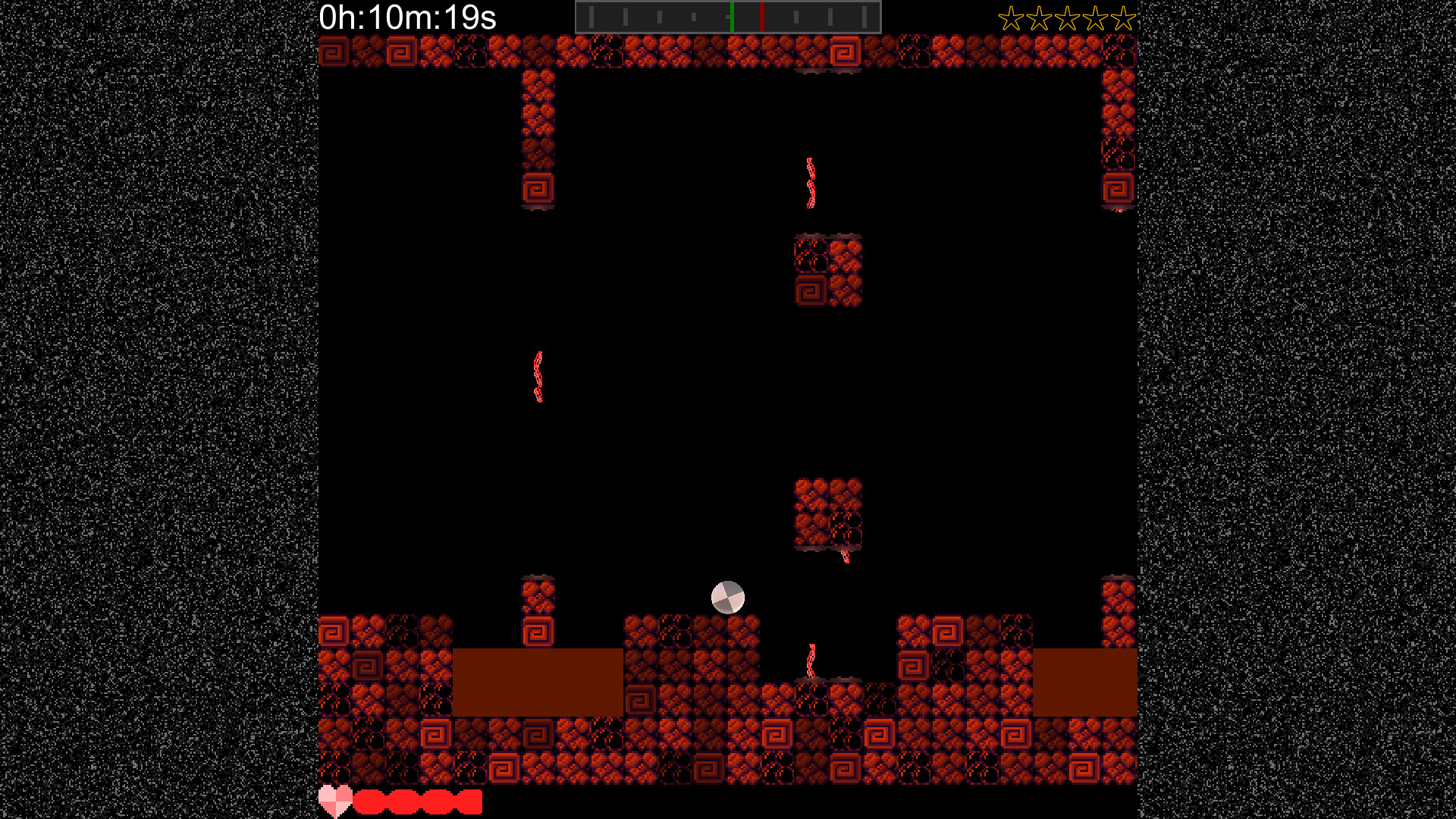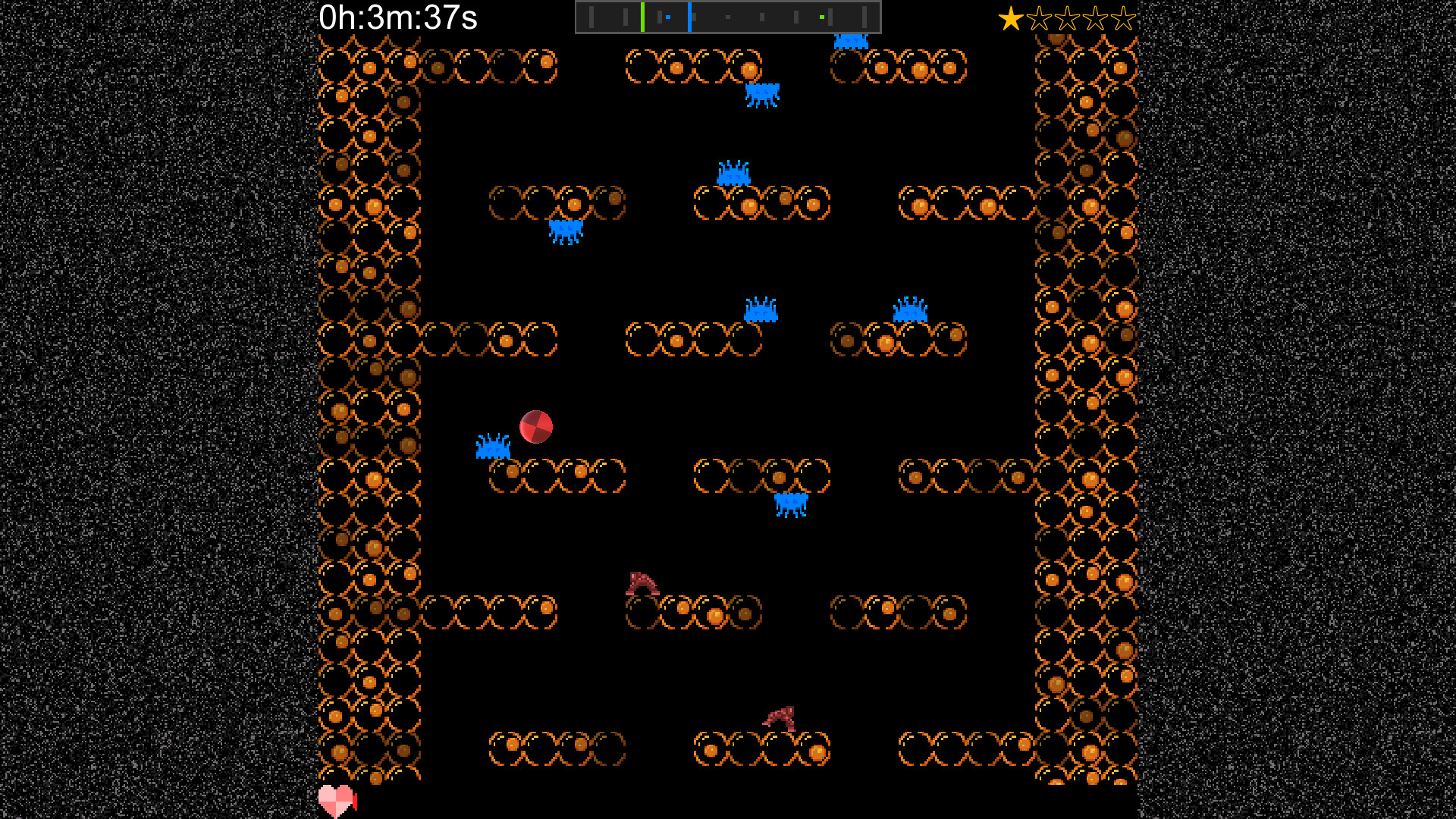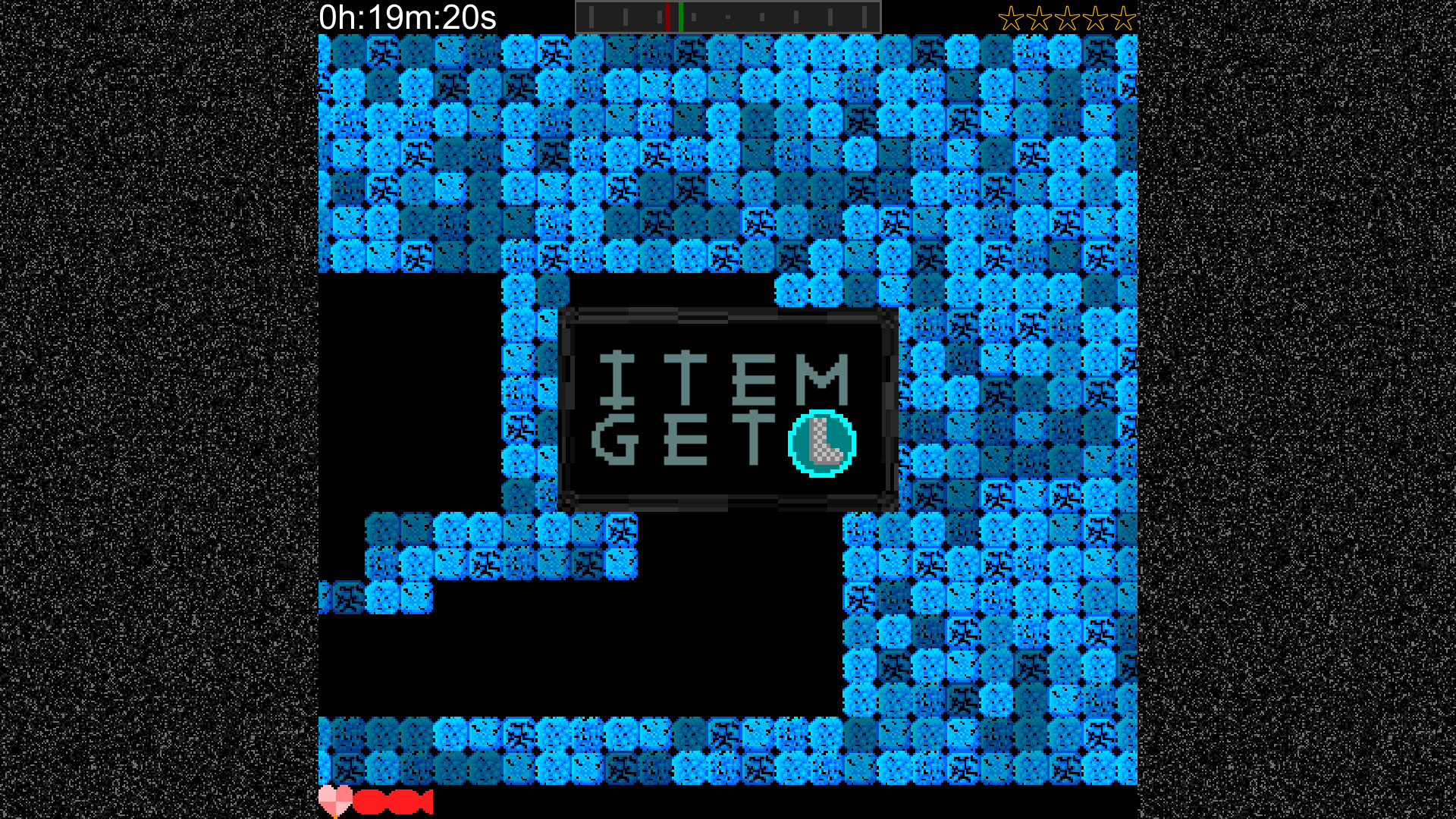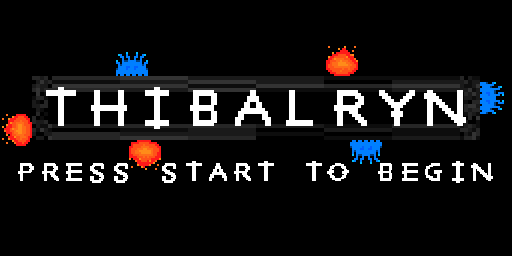
A love letter to classic NES games!
Explore an ever-expanding, challenging maze filled with countless secrets.
You'll need true skill whilst fighting various baddies each with their own unique AI.
Master what skills you have to unlock new possibilities while you search for mores.
You will find that this game feels amazing to play with never-seen-before game mechanics.
Features:
- Many, many hours of gameplay!
- Immersive Binaural sounds!
- No boring tutorials!
- Non-Linear!
- 90+ pickups to obtain!
- Many Easter eggs!
- Pixel Perfect mode included!
- Most controllers supported w/ no setup required!
- Time yourself!
- Earn your rating!
- 4K UHD support!
- Up to 240fps!
- DRM Free!
DYK? Features of Thibalryn!
Finally after we have the initial tiles laid out around the left and top edges, we can iterate through each other tile based on the neighbors. When an adjacent tile is absent, it simple wraps back around to find a comparison.
The appearance of darker tiles is actually just random though.
It is not easy to pull off, but doing so can help you deal with some of the more tricky baddie placement.
Silence also takes a lot less resources. No need to spend hours choosing which notes you want from your scale.
Bonus fact: the green stage is actually the only stage that is tall, rather than wide.
[h1]Hit boxes on baddies area actually 1/16th of a tile shorter than they appear.
Baddies have 3 separate sets of detection each. Player collision, bomb collision and tile collision.[/h1]
It feels great when you somehow survive something you expected would kill you. But the question is how lenient should one be? My "rule of thumb" is the amount of penetration at the speed of 1/30ms. This can then be simplified to something more sensible such as 1 pixel of detail on a sprite.
When landing an attack the opposite direction holds true. It feels great to only just hit a shot you think you actually missed.
Having these 2 detection ranges already doubles the resources needed, but neither are suitable for having the interaction of an object with the environment be pixel perfect. A 3rd set of detection rules is then needed, but with some clever coding this can be simplified.
[h1]Baddies can change between difficulty modes when you spawn.
[/h1]
Whether it is loading a new area or just coming back to life after a death, there is a chance for each type of baddie that they will switch to a different difficulty mode.
This can be a simple as moving faster, or a combination of different attributes.
The texture used on each tile is randomly selected using a custom, procedural noise algorithm.
The first tile is chosen at complete random, then the next in a row is decided based on the outcome of the previous tile. This is then done for the first row.Finally after we have the initial tiles laid out around the left and top edges, we can iterate through each other tile based on the neighbors. When an adjacent tile is absent, it simple wraps back around to find a comparison.
The appearance of darker tiles is actually just random though.
It is possible to jump after only just having rolled off an edge. You can also use this to drop bombs!
I have seen some already utilise this technique and I applaud them for having figured this one out on their own.It is not easy to pull off, but doing so can help you deal with some of the more tricky baddie placement.
For a frame-perfect speedrunner it is possible to jump a couple of frames before touching the ground.
The human brain automatically predicts that you will touch the ground, but the actions of the human nervous system can sometimes occur too soon. It is for that reason that you may feel some of the movement in this game is as responsive as it is.The music fades out to silence for a while every so often to give a sense of tension, while allowing more focus on sfx.
Tension is something very hard to create in media. Fear is much easier, but that is something subjective. Done right you can achieve an effect that is experienced by the vast majority and having silence to do so is a trick I have seen few games use.Silence also takes a lot less resources. No need to spend hours choosing which notes you want from your scale.
When mapped out the game areas fit together like slices of a cube. Changing areas actually moves you in 3D space!
It may not be apparent at first, but if each area is mapped out and then overlaid you will find something rather special. Each transition pipe between areas actually matches up such that they all fit in a nice perfect arrangement.Bonus fact: the green stage is actually the only stage that is tall, rather than wide.
[h1]Hit boxes on baddies area actually 1/16th of a tile shorter than they appear.
Baddies have 3 separate sets of detection each. Player collision, bomb collision and tile collision.[/h1]
It feels great when you somehow survive something you expected would kill you. But the question is how lenient should one be? My "rule of thumb" is the amount of penetration at the speed of 1/30ms. This can then be simplified to something more sensible such as 1 pixel of detail on a sprite.
When landing an attack the opposite direction holds true. It feels great to only just hit a shot you think you actually missed.
Having these 2 detection ranges already doubles the resources needed, but neither are suitable for having the interaction of an object with the environment be pixel perfect. A 3rd set of detection rules is then needed, but with some clever coding this can be simplified.
[ 2019-11-04 01:17:42 CET ] [Original Post]
Minimum Setup
- Processor: Intel Core 2 Quad Q8200 | AMD Phenom II X4 805Memory: 4 GB RAM
- Memory: 4 GB RAM
- Graphics: GeForce 8400 GS | Radeon HD 4200
- Storage: 500 MB available space
GAMEBILLET
[ 6488 ]
GAMERSGATE
[ 2221 ]
MacGamestore
[ 1907 ]
FANATICAL BUNDLES
HUMBLE BUNDLES
by buying games/dlcs from affiliate links you are supporting tuxDB

